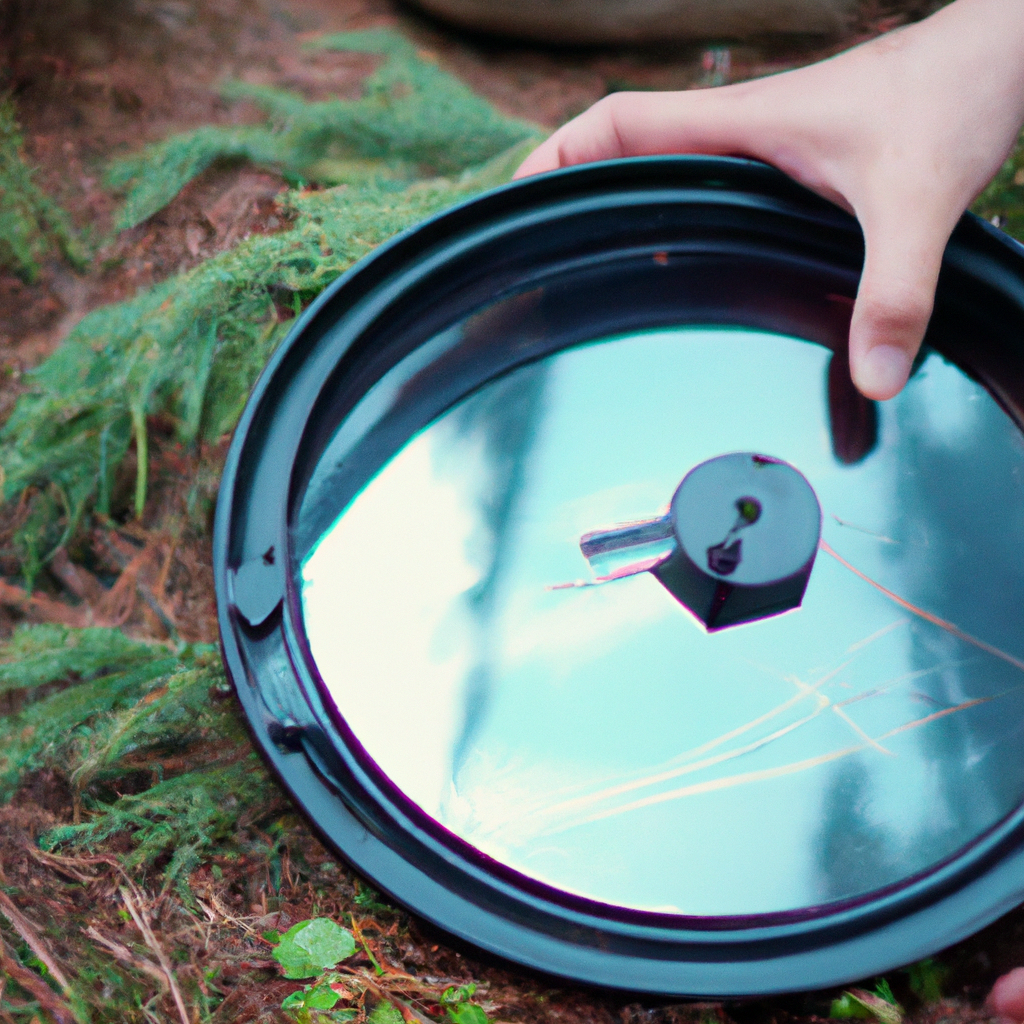Geocaching is a popular outdoor activity that involves searching for hidden treasures using GPS coordinates. It’s a modern-day treasure hunt that has gained a large following around the world. Geocaching is a fun and exciting way to explore the outdoors, and it’s suitable for all ages. In this article, we’ll look at how geocaching works, the equipment needed, and what to expect when you go on a geocache hunt.
What is Geocaching?
Geocaching is an outdoor activity that involves searching for hidden containers known as geocaches using GPS coordinates. The geocache container can be any size, from a small pill bottle to a large ammo can, and it can be hidden anywhere in the world. The coordinates of the geocache are posted online, and anyone with a GPS device can search for it.
Geocaching Equipment
To participate in geocaching, you will need a few basic pieces of equipment. These include:
– A GPS device or smartphone with GPS capabilities
– A pen or pencil
– A geocache container
– A geocache logbook
– A geocache trackable (optional)
GPS Device
A GPS device is essential for geocaching as it allows you to navigate to the exact location of the geocache. Nowadays, most smartphones have GPS capabilities, but if you’re going on a geocache hunt in a remote location, it’s best to have a dedicated GPS device.
Geocache Container
The geocache container is the hidden treasure that you’re searching for. It can be any size or shape, but it must be waterproof and weather-resistant as it will be exposed to the elements. The container can be hidden in a variety of locations, including parks, trails, and urban areas.
Geocache Logbook
The geocache logbook is a record of all the people who have found the geocache. When you find the geocache, you must sign the logbook to record your visit. The logbook can be a physical book or a digital logbook.
Geocache Trackable
A geocache trackable is an optional item that can be added to the geocache container. It’s a small item that has a unique tracking number and can be moved from one geocache to another. The trackable allows you to see where the geocache has traveled and adds an extra element of excitement to the geocache hunt.
How Does Geocaching Work?
Geocaching works by using GPS coordinates to locate hidden geocache containers. The geocache coordinates are posted on geocaching websites or apps, and anyone with a GPS device can use the coordinates to navigate to the location of the geocache.
When you arrive at the location of the geocache, you must search for the container. The geocache container can be hidden in a variety of locations, such as under a rock, in a tree, or behind a sign. Once you find the container, you must sign the logbook to record your visit.
If the geocache contains a trackable, you can take it with you or move it to another geocache location. You must log the movement of the trackable online, so other geocachers can see where it has traveled.
Geocaching Challenges
Geocaching challenges add an extra element of excitement to geocaching. Challenges can be anything from finding a certain number of geocaches in a day to finding geocaches in a specific location. Challenges can be completed individually or as part of a group.
Geocache Community
Geocaching has a large and active community of geocachers around the world. Online forums and social media groups allow geocachers to connect with each other and share their experiences. The geocache community is welcoming and supportive, and it’s a great way to meet new people who share your love of the outdoors.
Conclusion
Geocaching is a fun and exciting outdoor activity that’s suitable for all ages. It’s a modern-day treasure hunt that involves searching for hidden containers using GPS coordinates. Geocaching requires a few basic pieces of equipment, including a GPS device, a geocache container, a geocache logbook, and a geocache trackable (optional). Geocaching challenges and the geocache community add an extra element of excitement to the activity. Geocaching is a great way to explore the outdoors, and it’s a fun activity to do with friends and family.







